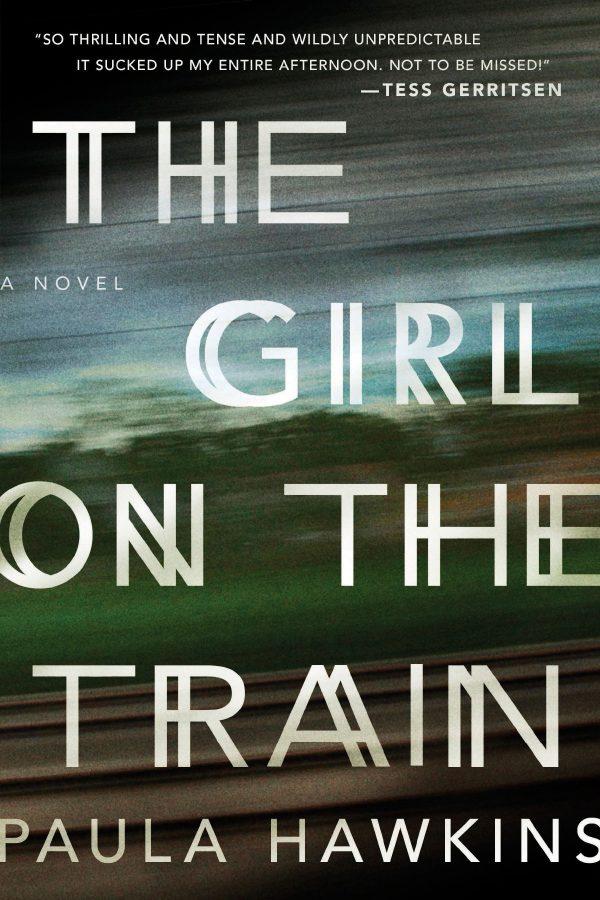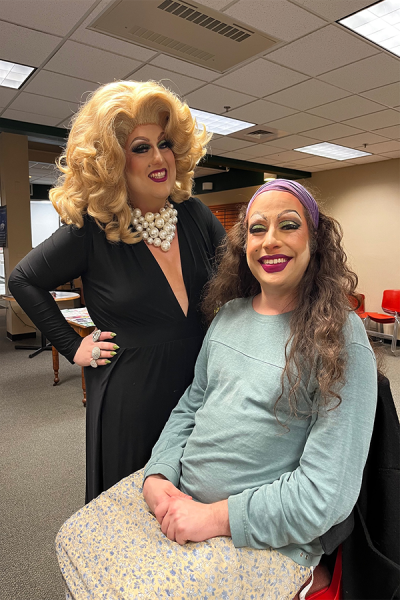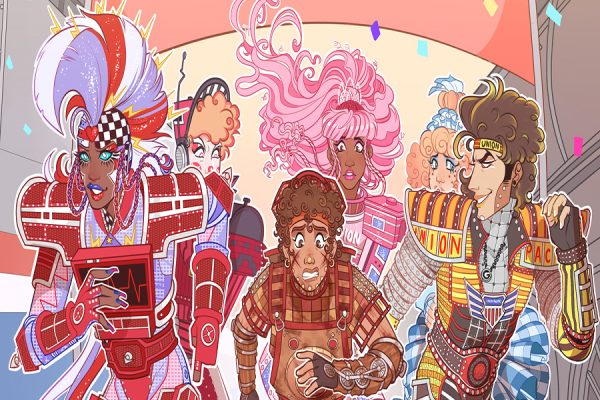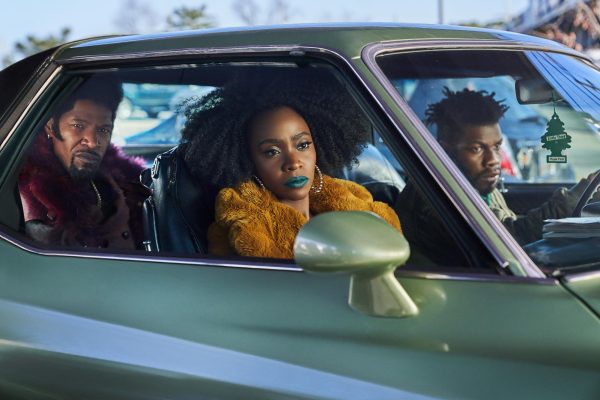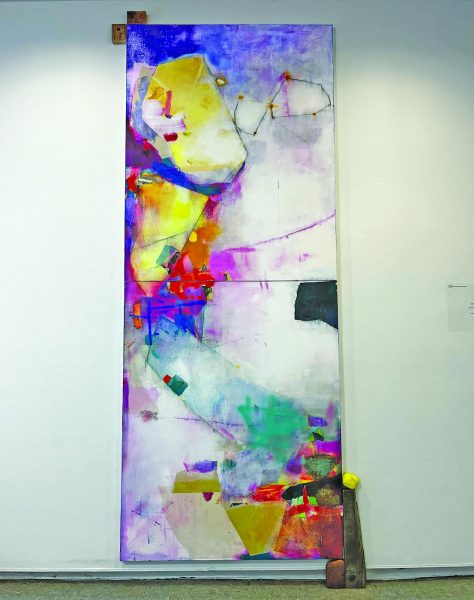Intermingled lies and blurred trust
Just in time for Halloween came the movie rendition of the popular novel “The Girl on The Train,” by Paula Hawkins. The cover exclaims, “What you see can hurt you,” which undoubtedly comes true. Similar to the psychological thriller, “Gone Girl” by Gillian Flynn, there is the aspect of unfaithful spouses and narration from people not too short of crazy.
In the novel, “The Girl on The Train,” there are three female narrators who alternate every chapter: Rachel, Anna and Megan. Rachel is the divorcee of Tom and is now an alcoholic. Anna was Tom’s mistress but now wife, who will be having his baby. Megan was Tom and Anna’s baby sitter, and seems to have the perfect life with her boyfriend, Scott, in Rachel’s dreamscape.
Rachel is the main character and most of her narrations occur as she rides the commuter train through London, overlooking the suburb that Megan, Anna, Tom and Scott live in. Since Rachel is an alcoholic, she lost her job a long time ago but still rides the train to fool her loved ones. Rachel’s narration cannot be trusted due to her foggy memory and her recurring stumbles and bouts with sickness. In my opinion, Rachel is the underdog and was my favorite character.
Another characteristic of Rachel that cannot go unnoticed is her obsession with her ex, Tom. Anna sees constant texts, phone calls and voicemails from unknown numbers and also Rachel’s phone number, and she assumes they are all from her. In the old days, when she lived with Tom, Rachel would get drunk and supposedly do horrible things like attack Tom. Who can you believe? An unfaithful man or an alcoholic?
Anna is terrified of Rachel for past instances and rumors from Tom. She is also annoyed that she has to live in her old house and the shadow of Rachel. Megan, on the other hand, is confused. She is young and naive and was thrust into the babysitting job by Scott, who thought it would push Megan to want to have a family of her own.
Megan is consumed by her troubled past and has a desire to use men for her own pleasure. She has many lovers besides Scott, whom he doesn’t know about. For her own sanity, and urged by Scott, she goes to see the psychotherapist Kamal Abdic.
All is well in this reality world until Rachel sees something odd at the home of Megan Hipwell on the train. Megan is on her porch kissing a man that doesn’t appear to be Scott, and Rachel is consumed with rage since she was the victim of a cheating husband. Megan recently also lost her job as an art gallery director and is a nomad at heart who is very discontent to be married. After this sighting, Megan Hipwell goes missing.
After seeing the tabloids, Rachel feels compelled to go to the police now knowing that Megan was having an affair. The police already know who she is because of Anna’s reports of Rachel coming to the house, lurking, calling, etc. Although Rachel really wants to recover her memory of where she was the night of the supposed murder, the police are suspicious of her and do not take her information seriously.
At this point in the book, the men are the most likely killers, although Rachel and Anna are likely suspects as well for having run-ins with Megan (who looks strikingly similar to Anna . . . if one were a little drunk).
The plot thickens as Rachel tries to get more and more involved. She wins over Scott’s trust by lying and saying she knew Megan personally, to see if he could have done it, as well as making appointments with Kamal Abdic, the therapist, who they discover was one of Megan’s lovers.
Hawkins does a great job of intermingling lies and blurring the lines of trust between all characters, making you truly wonder who could have killed Megan Hipwell. Hawkins also crafts very strong female leads who are all witty in their own ways.
In the movie rendition, there were some major shifts that did not align with the book. The movie has gotten an interesting smattering of internet coverage labeling Emily Blunt, who starred as Rachel, with “Resting Sad Face,” versus the popular internet trend of “Resting Bitch Face.”
The movie is set in New York, which, in my mind, doesn’t work because most New York “trains” do not go through suburbs unless you’re leaving from Queens, thus making each train trip about an hour. Most New Yorker’s also take the subway rather than an actual train. The book is based in London and paints the picture of foggy, rainy and noir picturesque scenery, rather than the casual scenes of New York.
There is also a ridiculous scene in the movie that is not in the book where Rachel is at the bar talking to random people, and then goes into to the bathroom where she writes . . . screams . . . and records, “Fuck you, Anna!” The scene is a bit too much seeing as how the viewer already has a strong context for Rachel’s disdain. It also paints Rachel as downright cruel instead of unstable or bitter.
The New York Times review of the movie was a little bleak as well, dubbing it as a “preposterous movie but not an unenjoyable one” (Wetcher). A critique that makes sense is that director, Tate Taylor, failed to get into the multiple heads of each twisted (psychotic) character and attempted so by using voice-overs and flashbacks.
In my opinion, and those of other reviewers, Emily Blunt is the total star of the show and plays Rachel with such a conviction that you believe this British actress really is a drunk-gone-sober ready to solve the mystery and prove that she is innocent.
Of the two versions of this thriller, I still prefer the book. Paula Hawkins created one of my favorite novels of the year. But the movie is a good rendition with graphics and the strong lead of Emily Blunt.


